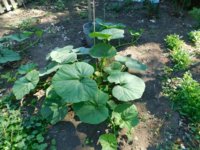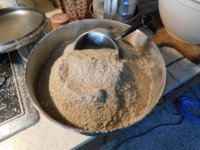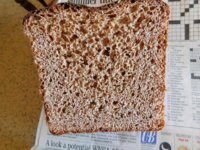ChinaVoodoo
Moderator
Melungeons. I'm quite curious. Gonna read on that.
I've never had a worm in a cucumber, Bob. That's strange.
So what's up with my corn? I chose, perhaps unwisely, an SH2 variety. It's hardly growing. But, it appears I'm getting pollination. There is from one to three cobs on each one. The soil is good. The tobacco, cantaloupe, and cucumbers in the same bed are all excelling.
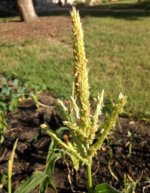

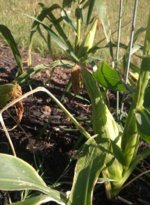
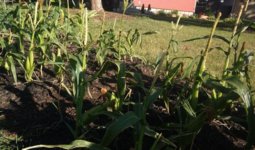
I've never had a worm in a cucumber, Bob. That's strange.
So what's up with my corn? I chose, perhaps unwisely, an SH2 variety. It's hardly growing. But, it appears I'm getting pollination. There is from one to three cobs on each one. The soil is good. The tobacco, cantaloupe, and cucumbers in the same bed are all excelling.






